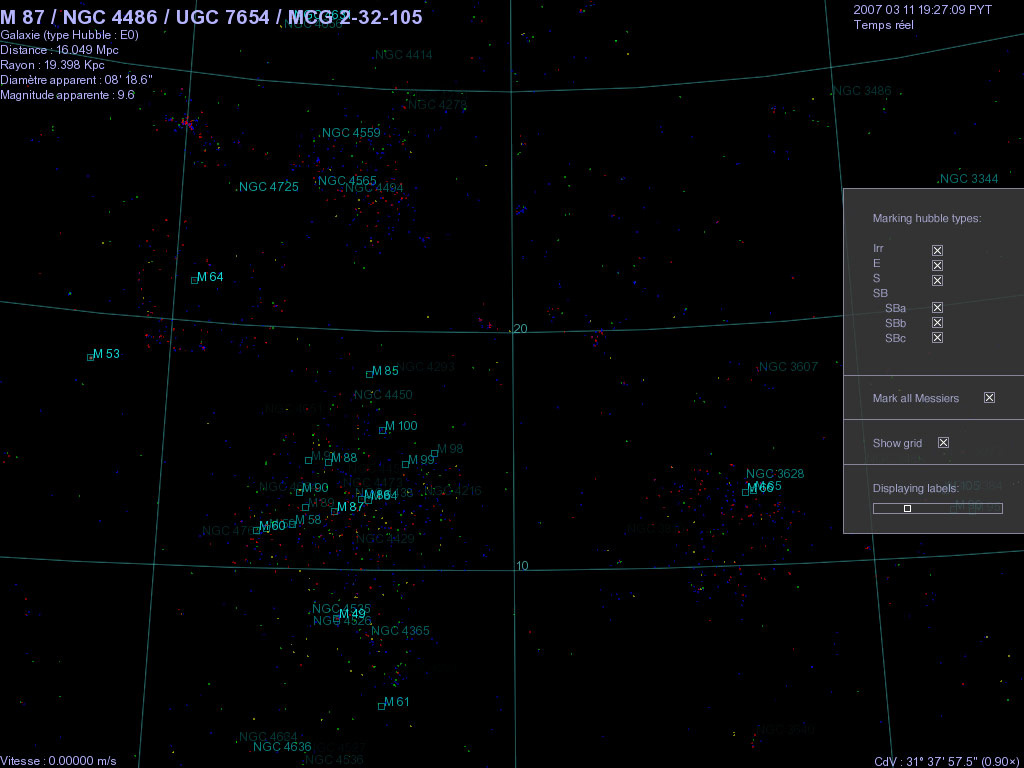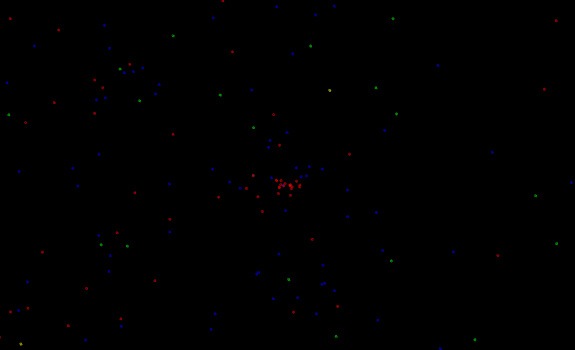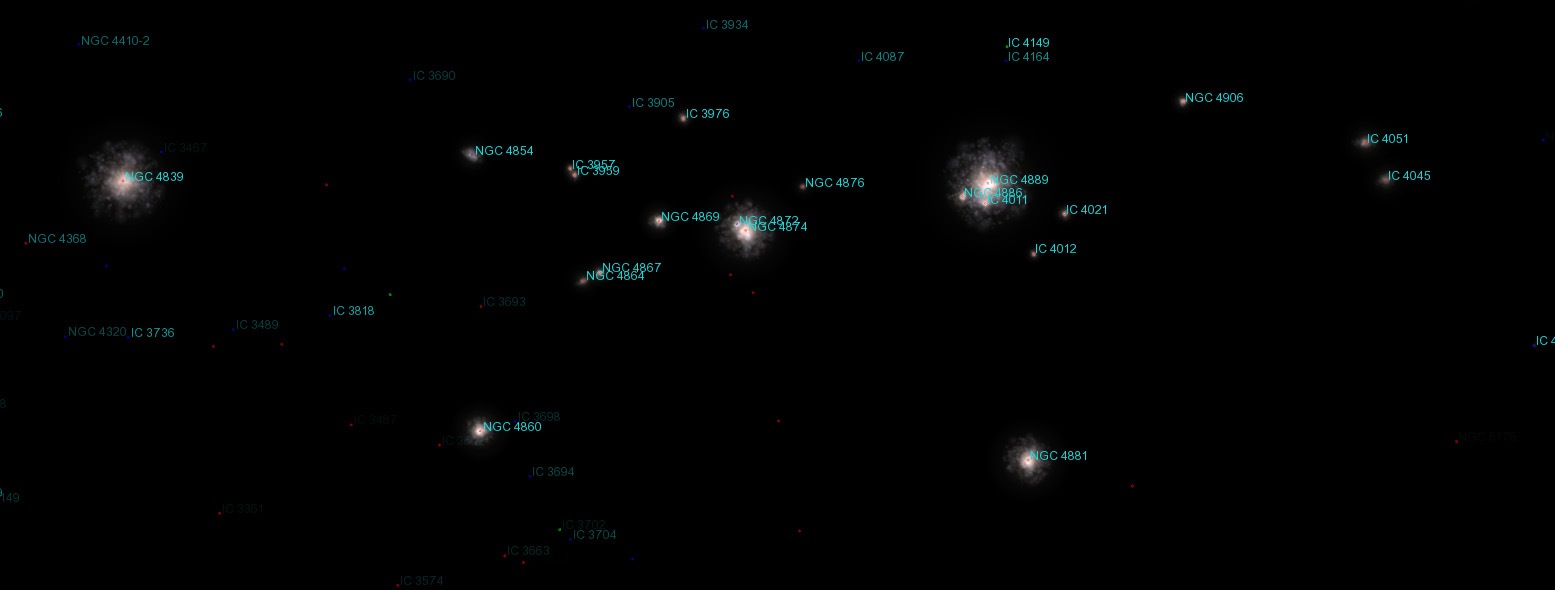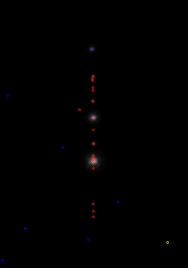With a few more celx commands, this kind of very informative scripts about DSO could be written with only 10 lines...
Indeed, the object:getinfo() celx command currently returns only 3 elements in the case of deepsky objects :
- type (= "deepsky")
- name
- radius
As a comparison, the same object:getinfo() command returns much more information in the case of stars :
- type (="star")
- catalogNumber
- stellarClass
- absoluteMagnitude
- luminosity
- radius
- temperature
- rotationPeriod
...
So it would be nice to have a few more information returned by the object:getinfo() celx command in the case of DSO, such as :
- catalogNumber
- subtype ("galaxy", "nebula", "opencluster",...)
- hubbletype ("S0", "Sa", "Sb", "Sc", "Sba", ...)
- absoluteMagnitude
...
Also, the celestia:getdeepsky(catalog, number) would return a specific deepsky object identified by its number, in the specified catalog "M", "NGC", "IC"... (as the celestia:getstar() command already does for stars)
I can try to work on it if Chris, Fridger, and the other devs think that it would represent a useful addition to celx. Just let me know...








